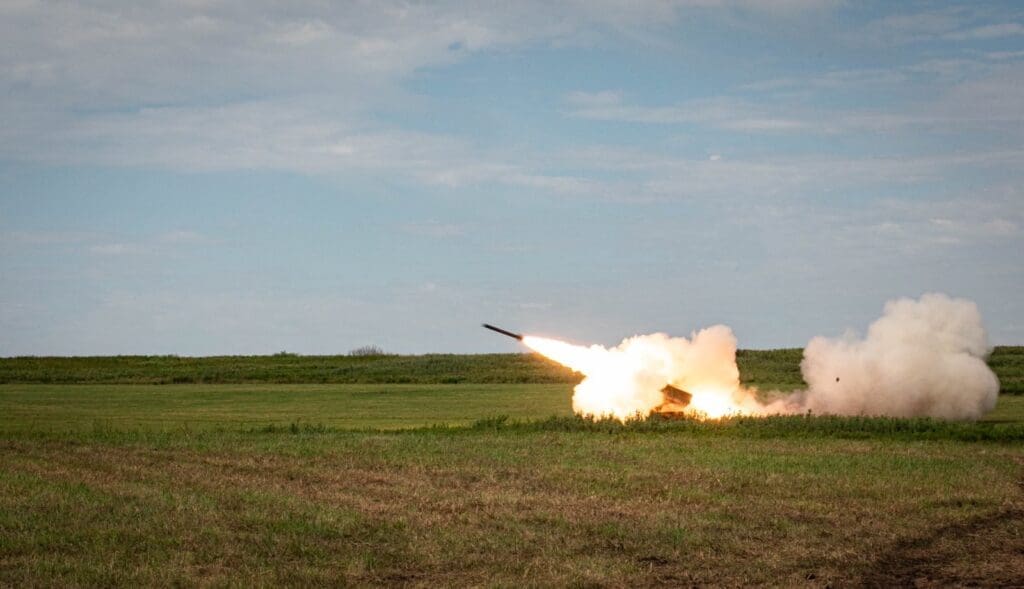Fort Riley Release
The Fort Riley Mobilization Force Generation Installation (MFGI) hosted the 297th Regional Support Group (RSG) from the Alaska Army National Guard & the 189th Combined Arms Training Brigade (CATB), which mobilized the 2-300 Field Artillery Battalion from the Wyoming Army National Guard (WYARNG) to rehearse Large Scale Mobilization Operations (LSMO).
MOBEX III practiced the mobilization, training and deployment of reserve units for large-scale combat operations anywhere in the world. The Mobilization Support Force (MSF), consisting of U.S. Army Active Component, Army Reserve and National Guard units, assisted both the 189th CATB and the Fort Riley Soldier Readiness Processing site in getting Soldiers of the 2-300 Field Artillery Battalion ready for deployment. The exercise tested the maximum capacity of the MFGI to accurately simulate mobilization of reserve component units and identify issues with mobilization. The MSF allowed the Fort Riley MFGI to bridge the gap between critical needs and long-term contract solutions, replacing essential Active component elements that will deploy according to strategic guidance and efforts.
“The Fort Riley Garrison leadership and staff were integral to the success of MOBEX III,” said Col. Michele Edwards, commander of the 297th RSG, Alaska Army National Guard. “Because MOBEX III is resource intensive, it was imperative for the 189th TSB and the 297th RSG, working for Brig. Gen. Ropers, the Deputy Commanding General – Mobilization, to identify, coordinate, and validate Fort Riley resource requirements not only for this exercise, but in preparation for Large Scale Mobilization Operations.”
During the MOBEX, a series of significant events took place, each contributing to the thorough preparation and training of all units involved. These included medical readiness assessments, individual and crew-served weapons qualification, validation of communications equipment and procedures at their headquarters, and a staff exercise focused on operations planning for an upcoming deployment. The highlight of the event was the qualification and live fire exercise involving the M142 High Mobility Artillery Rocket System (HIMARS).
“Fort Riley has truly been a partner in MOBEX III. Fort Riley is fully invested in preparing the base to be a Mobilization Force Generation Installation,” Col. Edwards stated. “Fort Riley Garrison staff has been committed to finding solutions to problems and offering resources and training when required. The 297th RSG Team, along with the other mobilization support forces, were successful in MOBEX III because of Fort Riley’s involvement and support of the mission.”
Fort Riley plays a key role in facilitating mobilization for the U.S. Army Reserve and Army National Guard if called upon to support large-scale combat operations globally. Each year, over 20,000 soldiers from Components 2 and 3 undergo routine training at Fort Riley, strengthening relationships on the Installation that are necessary when conducting Mobilization Operations. Furthermore, it serves as a Power Projection Platform, capable of deploying an armored brigade combat team to any continental U.S. port within 96 hours.
“The MOBEX was an incredible experience, highlighting the dedication and readiness of Soldiers from Alaska, California, Kansas, Nebraska, Wyoming, and across the United States,” said Maj. Grant Redmond, a 1st Inf. Div. spokesperson. “It’s amazing to see that these units can mobilize and deploy anywhere in the world, demonstrating our capability to respond to global challenges swiftly and effectively.”
Fort Riley, covering 101,733 acres, is a significant economic engine in the Flint Hills Region and the state of Kansas, with an annual direct economic impact of $1.9 billion. It supports a population of 13,600 military personnel, 4,900 civilian employees, and 15,000 family members. Since the return of the Big Red One in 2006, the Army has invested over $2 billion in infrastructure at Fort Riley, positioning it well for continued success and growth.














